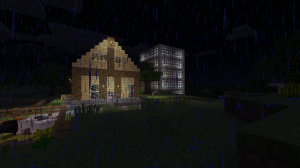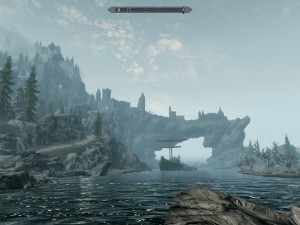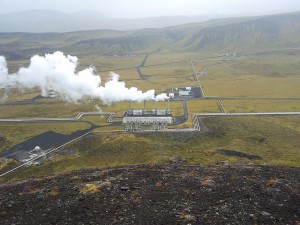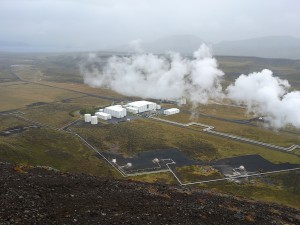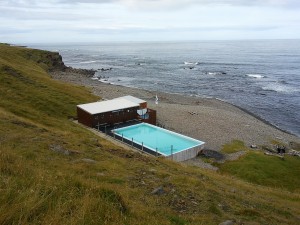Gamification of knowledge
During my ongoing literature review I often discover interesting facts about things I’ve never thought about. Sometimes I can connect these facts with my own observations: The result is mostly a completely new idea why things are as they are. Maybe these ideas are new to you, too. Therefore I’ll share my new science based knowledge with you!
This week: This time, I think about a different approach of defining the term gamification.
Recently, I had a conversation about gamification and how to use it in a good way. Unfortunately, the term gamification suffers a bit under one of the main definitions of it: gamification is the use of game elements to enhance the engagement of users in a non-gaming environment[1].
Moreover, the implementation of gamification is often limited to a few game mechanics, which are used most of the time to enhance the engagement of users in a non-gaming environment. Users are able to gain experience points to level up their avatars, they might get rewarded with special badges after they have completed a certain task and they might be able to compare their performance by using a leaderboard feature.
If most of the platforms are using only these simple reward mechanisms, it is very likely that they will become boring and cease to increase the user’s engagement in using a certain platform. Furthermore, they can even become to a certain degree an obstacle and start to annoy the users, because they just like to use a simple and plain tool without all the gamification effect layers.
Additionally, gamification is often used in a business environment where users are required to use certain platforms and tools. This is causing a problem, because if someone is forced to play a game, the game would immediately stop being a game and just become a normal task[2]. In other words, the desired effect of adding a certain playfulness to a platform would just become a colorful feature without any positive effect. This feature could still enhance the motivation of the users, but it is not adding a certain playfulness to the system.
Luckily, gamification can be also approached in a different way. Playing is often also a way of learning or practicing new things. Trying to throw a stone as far as possible into a lake is just a playful competition, but at the same time, the players are practicing their agility. Playing a computer game is teaching the the players how to interact with the game using the keyboard. Moreover, the players are learning facts about the virtual world just by advancing through the game.
At this point, it is very important to understand that the learning outcome is just a side effect of the game. In this case, a good learning game should still have the normal purpose of a game: entertainment. However, the desired learning goal should still be a major part of the game.
The learning outcome of having more knowledge about the life in the 17th century could be achieved by letting the story take place in this age. While the players are exploring the environment, they are able to observe the daily life of the people in this age. The players could be even able to talk to virtual characters to learn more about their life. Moreover, those conversations could be used to introduce the player to major events.
The learning outcome of having more knowledge about chemistry could be achieved by making all the puzzles in the game solvable by performing chemical reactions. In order to do this, it is important, that the players are able to find the specific knowledge about chemistry inside the game. In case of an adventure game, the players could find some scrolls about a certain chemical reaction they need to perform in order to proceed through the game. By reading these scrolls and later on mixing the reagents, the players are automatically learning the results of this experiment.
From my point of view, this is a more promising way of gamification. It is the way of finding a method to create a game, which main purpose is to entertain the players. Howerver, while they are enjoying the game, they do get the opportunity to gain more knowledge about a certain topic. Gamification is then all about finding the right game mechanics to offer the knowledge to the players while they are persuing a completely different goal: experiencing the story presented in the game.
References:
[2]Caillois, Roger (2001): Man, Play and Games, Champaign Illinois.
